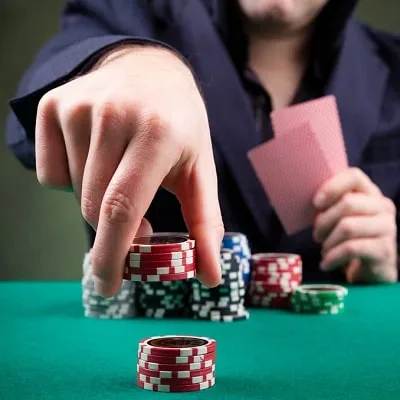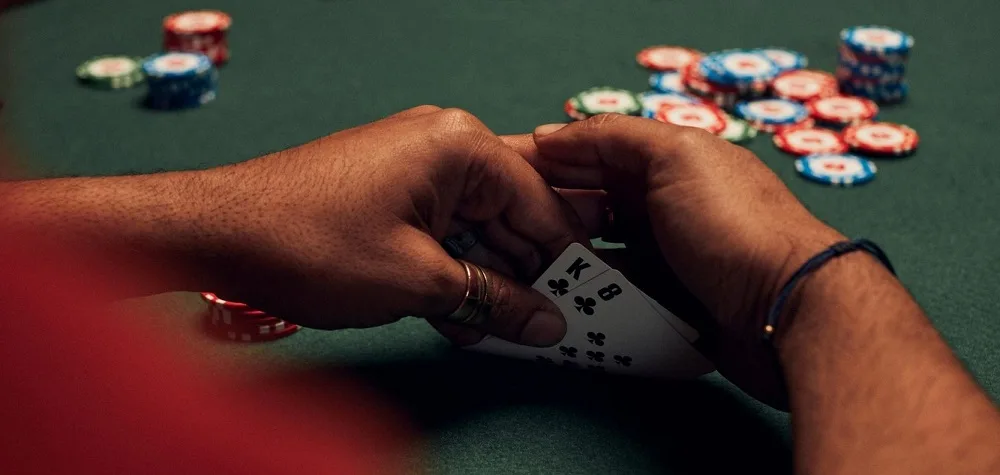
How to Bluff and Recognize a Bluff in Poker?
In the nuanced world of poker, bluffing stands out as a pivotal strategy, intertwining skill, psychology, and sheer audacity. A well-timed bluff can turn a weak hand into a winning pot, while recognizing an opponent’s bluff can save you from folding a superior hand. This article delves into the art of bluffing and the tactical acumen required to see through your opponents’ deceptions.
Bluffing in Poker: Strategic Technique Unveiled
Bluffing, the act of betting or raising with a hand that is not the strongest, serves as a fundamental tactic to mislead opponents about the strength of your hand. However, its success relies heavily on timing, table image, and the situation at hand. The most opportune moments for bluffing arise when you’re in a position to accurately assess your opponents’ weaknesses or when the community cards suggest a hand that you can credibly represent.
When Exactly is it Worth Bluffing?
Regular players of Cresus Casino Online tournaments claim that bluffing is most effective in tight situations when the pot is worth winning and you have reason to believe that your opponents may fold in response to aggression. Key indicators include a favorable table position, a tight table image, and opponents who are likely to fold based on previous betting patterns or current game dynamics. Additionally, bluffing against fewer opponents increases the likelihood of a successful deception, as convincing multiple players of your purported hand strength is inherently more challenging.

Features of Correct Bluffing
Correct bluffing hinges on several factors: the ability to project confidence, an understanding of the game’s mathematical foundations, and the timing of your bets. A successful bluff often involves a narrative that begins early in the hand and culminates in a convincing final act, usually through a bet or raise that puts pressure on your opponents. It’s essential to maintain consistency in your betting pattern, as erratic wagers can betray your intentions.
Mathematical Foundations of Bluffing
The mathematics of bluffing involves calculating pot odds, the likelihood of your opponent folding, and the ratio of bluffing to value betting in your overall strategy. A fundamental principle is ensuring that the potential payoff justifies the risk, considering both the size of the current pot and the cost of your bluff. By maintaining a balanced strategy that includes both bluffs and genuine bets, you can avoid becoming predictable.
How to Recognize Someone Else’s Bluff in Poker?
Recognizing a bluff is as crucial as executing one. Key indicators include incongruities in betting patterns, body language (in live poker), and deviations from an opponent’s typical strategy. Sharp observers will note when bets don’t align with the strength suggested by previous actions or when an opponent suddenly shifts from a passive to an aggressive stance without a plausible reason. Additionally, understanding player psychology and tendencies can provide insights into potential bluffs.
Mastering the art of bluffing and the ability to detect bluffs are quintessential skills in poker. Although bluffing in Cresus Casino Online tournaments introduces an element of risk, it is an essential strategy that can dramatically change the course of the game. Similarly, recognizing an opponent’s bluff can transform a defensive position into a winning opportunity. Both require a deep understanding of poker mechanics, a keen observation of opponents, and an unwavering nerve. As you refine these skills, remember that poker is a game of incomplete information, where the ability to navigate uncertainty with calculated decisions defines the path to success.
